Rocking the Basics: A Geography Lesson on Rock Formations and Mineral Content.
Rock Solid Knowledge:
From the perspective of a geologist, a rock is a solid mass of mineral material that is created by natural forces and forms the outer layer of the Earth. A typical rock could be made up of a single or composite material.
Typically, rocks are classified into 3 major categories.
○ Igneous Rocks.
○ Sedimentary Rocks.
○ Metamorphic Rocks.
The detail I am about to add here was omitted by my geography teacher, that is the concept of rock and stone. Let's say rocks are massive chunks of naturally occurring minerals, they could be so massive that some are named, like the Zuma rock in Niger state, Aso rock in Abuja, Olumo rock in Abeokuta and Gibadi rock in Sokoto. Massive rocks can be broken down and used for construction, those usable fragments are often called stones. Though stones and rocks are sometimes used interchangeably, but in petrology, rocks are viewed differently.
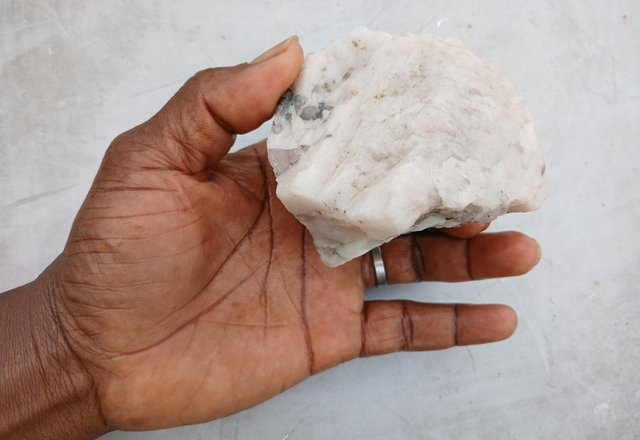
This is a stone, it must have been part of a larger rock before it got crushed into small stones and sometimes into aggregate.
Sorry, I had to digress a little. We were looking at types of rocks, where we had igneous, sedimentary and metamorphic Rocks.
○ Igneous Rocks.
Igneous rocks are formed from the cooling and solidification of volcanic magma or lava that got spewed out of the earth. You can call them primary rocks.
○ Sedimentary Rocks.
These types of rocks are formed when particles of sand, silt and clay accumulate and are compressed into a single lump.
○ Metamorphic Rocks.
These are Igneous or sedimentary rocks that have been altered by high temperature, pressure or both over a considerable amount of time.
Rock Samples and Classification
Tonalite is a type of Igneous rock that forms from the slow cooling and solidification of magma under the Earth's surface. It is best placed between real granite and diorite. Easy to identify as its crystals are large enough to be seen with the naked eye.
Basalt are common type of volcanic rock that are black or dark grey, they have very fine grain of interlocking crystals due to rapid cooling of volcanic lava
 Ferruginous quartz-pebble conglomerate
Ferruginous quartz-pebble conglomerate
Ferruginous quartz-pebble conglomerate is a typical sedimentary rock formed through the accumulation and cementation of gravel, quartz, pebble and iron-rich materials in river channels, deltas or beaches. A conglomerate like this can be a host for gold deposits, iron ore, uranium, or other minerals
Hematite sandstone is a type of sedimentary rock that gets its redish-rusty brown colour from the iron oxide it contains and other iron-bearing materials. Hematite are used in steel production, paint colouring, radiation shielding, drilling fluids etc.
Wollastonite is a calcium inosilicate mineral formed when limestone or dolostone is subjected to high temperature and pressure, the condition that changes graphite into diamond.
Wollastonite are used in the production of ceramics, paints, coatings and brake pads.
Quartz is a combination of Oxygen and silicon that results in a hard material which can have a variety of colours. The beautiful ones are used as jewellery while others make their way into watches and other electronic devices as frequency generator.
Next time you hold a stone like this one. Look at it a second time. You may be throwing away real wealth, like a poor hunter pelting birds with gold.
Always remembering that the stone you have at hand was crushed out of a bigger rock.
Also, remember to ask why it has the white that cuts across it, though I would love to explain how nature drew such a straight line on the rock in my next geography lesson.
I am inviting you and the following to have your say in the comment section below.
@alexanderpeace, @josepha, @ninapenda, @okere-blessing, @rubee2as1 and @whoever can add value to this post.
Media Credit |
|---|
| Composer | @manuelhooks |
|---|---|
| Camara man | @manuelhooks |
| Captured with | Galaxy-A15 |
| Captured Date | Monday, 8 September |
| Posting Date | Monday, 8 September |
| (@) 2025 |
Lens provided a lot of help identifying these rocks along with the knowledge I got from my geography teacher, which I have now made available to you.
https://www.nextias.com/blog/types-of-rocks/
https://prepp.in/news/e-492-types-of-rock-mineral-and-rocks-geography-notes
#steemexclusive #nature #club5050
#geology #discovery #education
#geography #nigeria
#learning
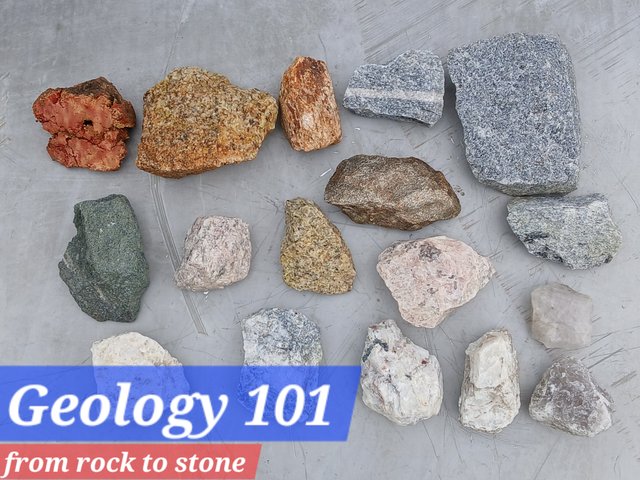

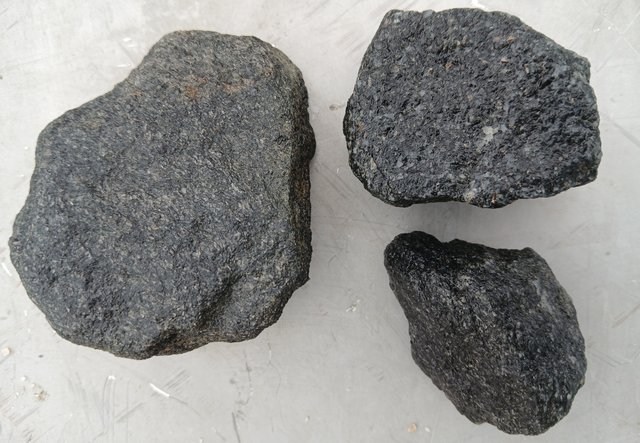
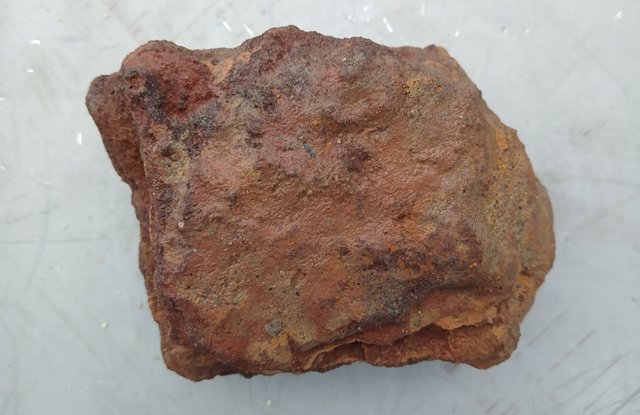
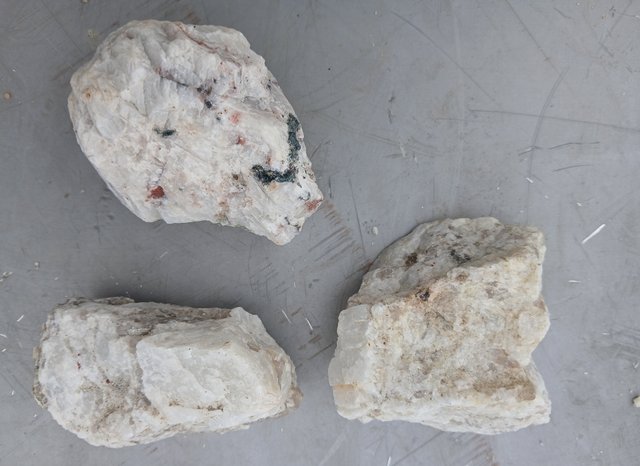
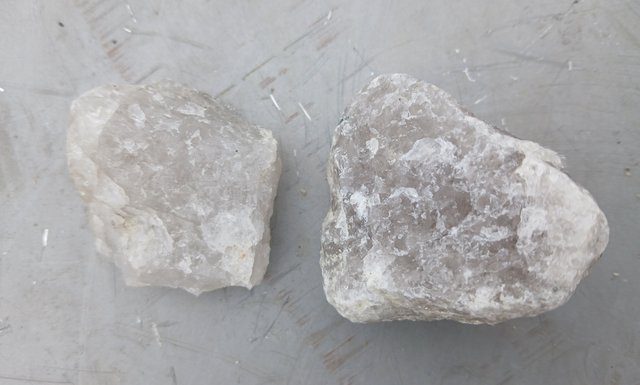
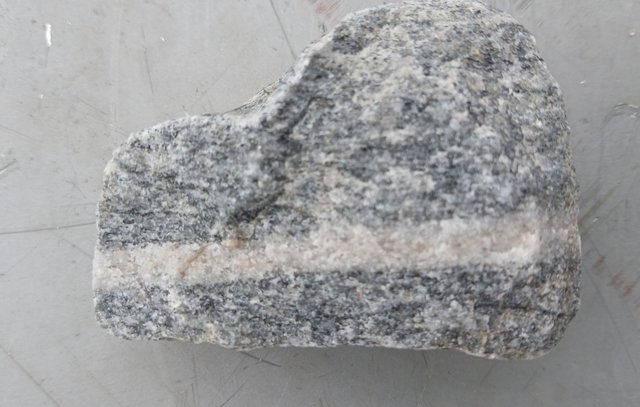
https://x.com/manuelhook41759/status/1965329507377971527
Interesante descripción de los distintos tipos de rocas y piedras, ya que asi podemos indentificarlas